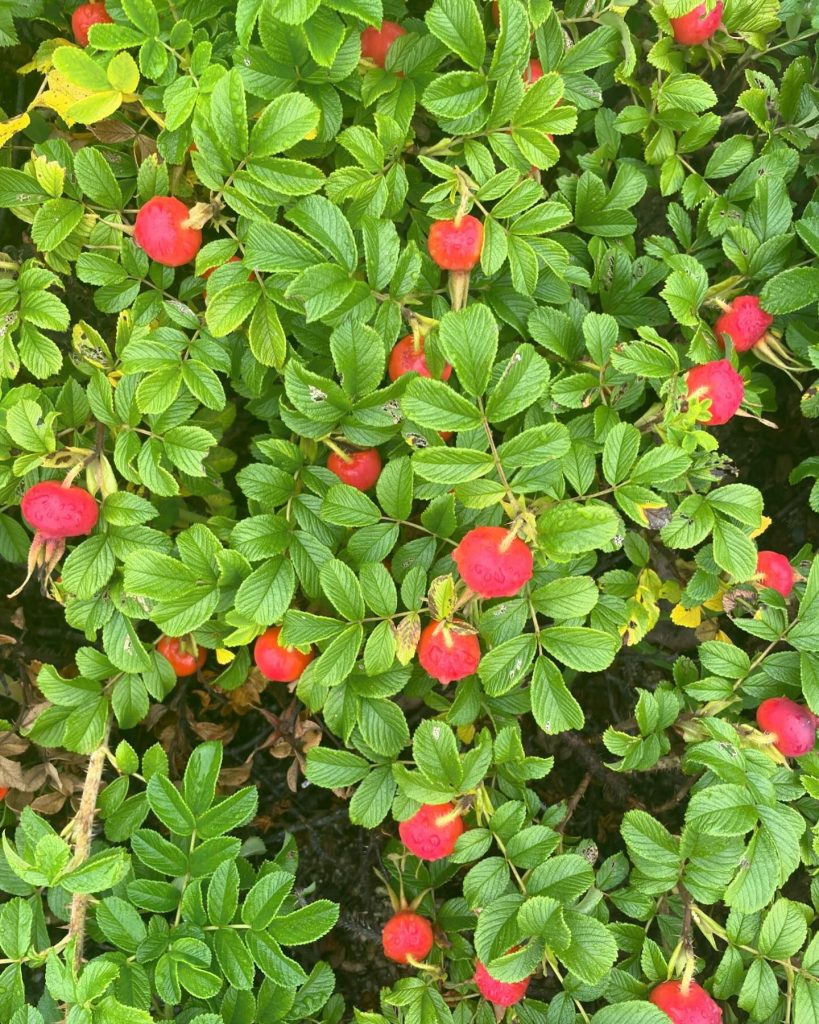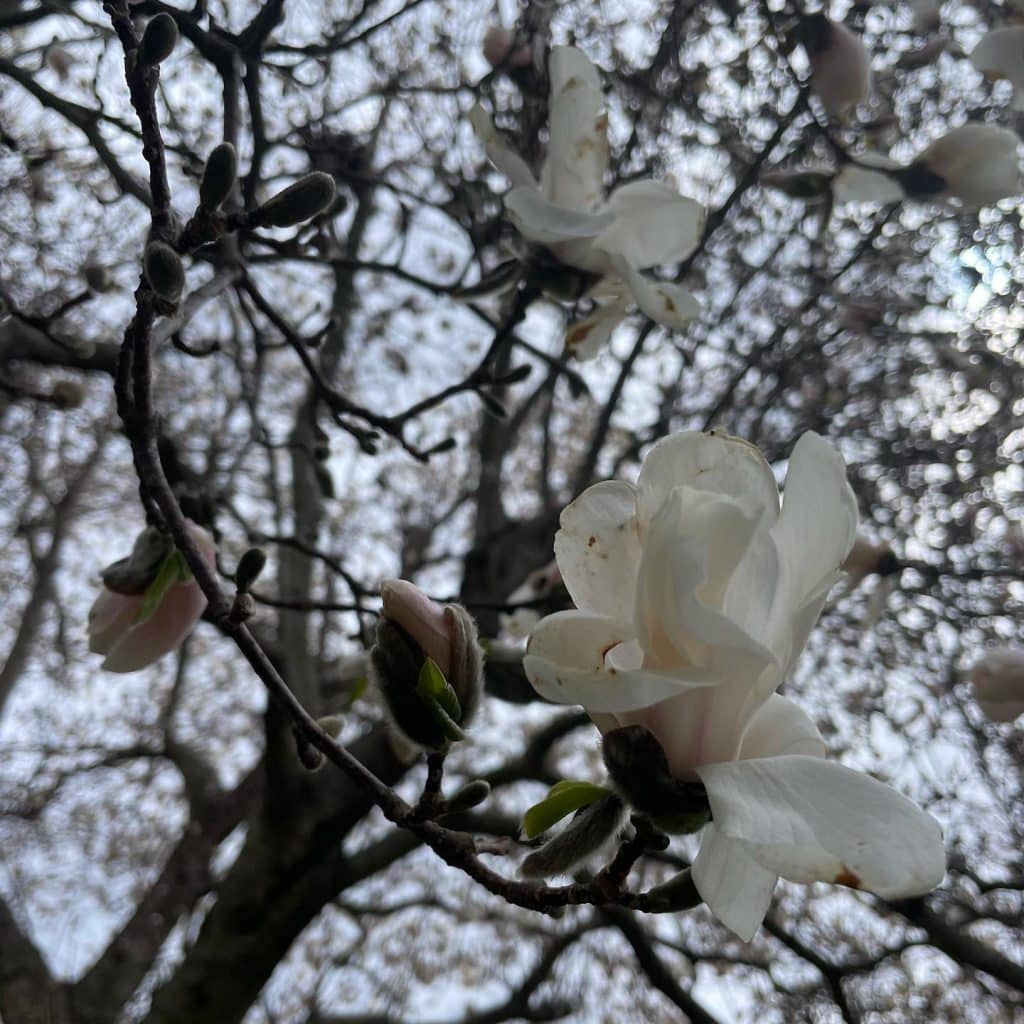Robinia pseudoacacia – Black Locust

Black Locust (Robinia pseudoacacia) is an invasive tree in the legume family with edible components. Black locust trees were thought to have originated in southern Appalachian and Ozark mountains and have since spread. Black locust trees can be found in disturbed areas, roadsides, and fields. It spreads by root suckers to form clones. It […]
Rosa rugosa – Beach Rose

Beach rose (Rosa rugosa) is an invasive plant from Asia that was brought to the U.S. as an ornamental. It is salt tolerant so is often found near beaches. Beach roses have wrinkled, compound leaves with 5-9 leaflets. The canes have short, straight prickles. In late summer, flowers turn into rose hips that resemble tomatoes. […]
Commelina communis – Asiatic Dayflower

Asiatic Dayflower (Commelina communis) is a non-native annual that can be found in disturbed areas in partial shade. It has the ability to spread quickly, forming dense clusters. The plant can be identified by its unique flower. The flower consists of two larger blue petals on top and a smaller white petal underneath. Flowers last […]
Rosa virginiana – Wild Rose

Wild Rose (Rosa virginiana) is a native plant with edible and medicinal uses. We have six native species of wild rose in New England and two introduced species. Wild rose can be found in sandy and saline soil. It requires at least 6 hours of sun per day. Leaves are alternate and composed of […]
Lonicera japonica – Japanese Honeysuckle

Japanese honeysuckle (Lonicera japonica) is an invasive vine. It has no predators in New England, which allows it to proliferate. The plant has edible and medicinal uses, as well as toxic parts. Japanese honeysuckle can be found in woodland clearings, meadows, and fences. Young vines are fuzzy. Older vines turn woody and brown. The […]
Magnolia spp. – Magnolia

Magnolia (Magnolia spp.) is one of the first blossoms to appear in the spring. The flowers bloom for 1-3 weeks before the leaves appear. Magnolia is a genus of over 200 flowering plant species. Although some species are native to eastern North America and South America, most species are native to Asia. Magnolia can be […]
Rosa multiflora – Multiflora Rose

Multiflora rose (Rosa multiflora) is an extremely prolific invasive that can form dense thickets, crowding out native plants. Multiflora rose is found in open woodlands, forest edges, fields, and margins of marshes. All roses have edible leaves and fruits (hips). Roses have compound leaves with an odd number of leaflets. The thorns are long and […]
Houstonia caerulea – Quaker Lady Bluet

Quaker Lady Bluets (Houstonia caerulea) are native edible flowers that can be found blooming April-July. Quaker ladies can be distinguished from other bluets by the patch of yellow at their center. Quaker ladies are in the coffee family. They have a taste similar to alfalfa sprouts. An infusion of Quaker lady roots was used by […]
